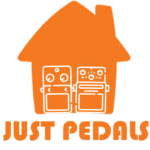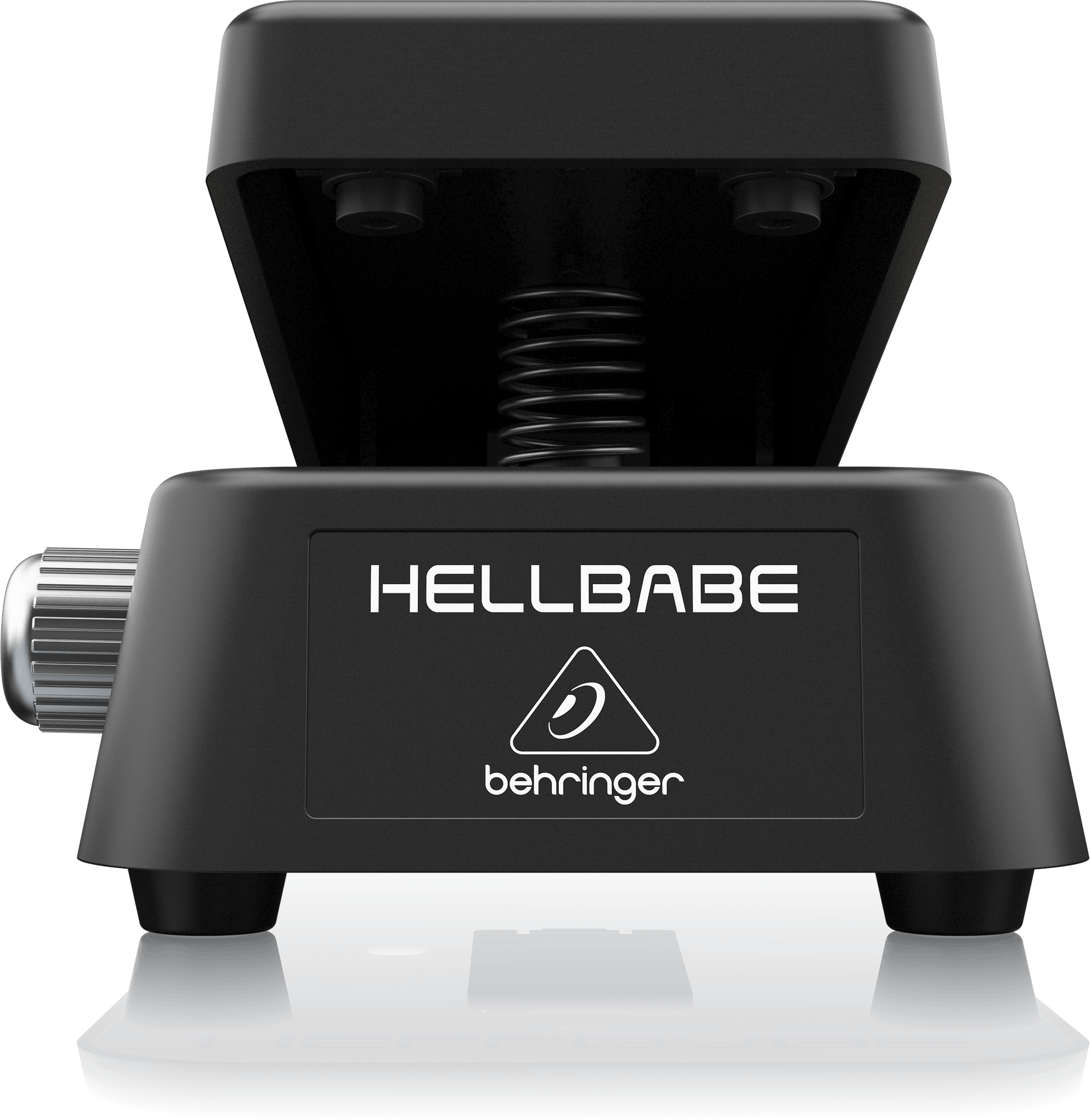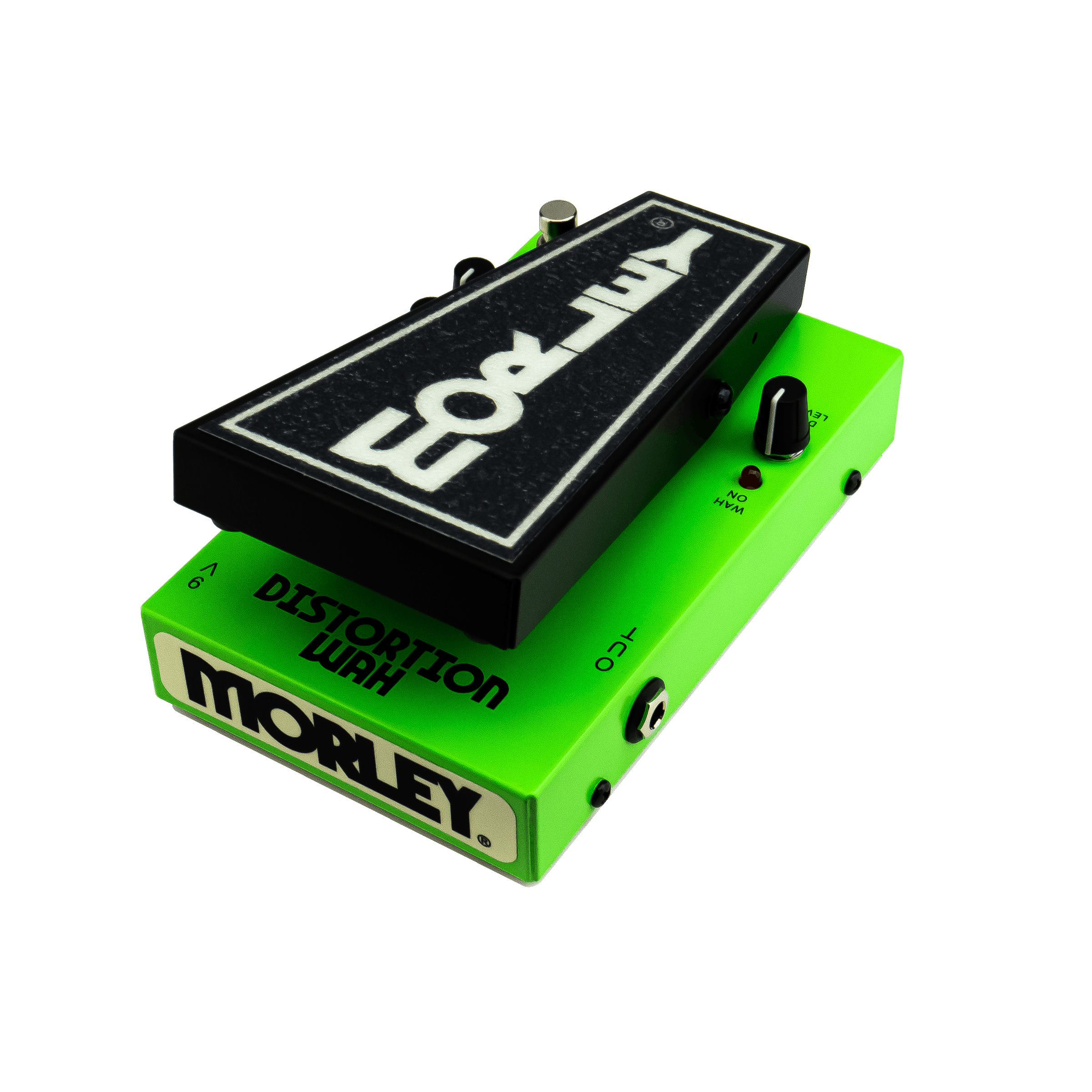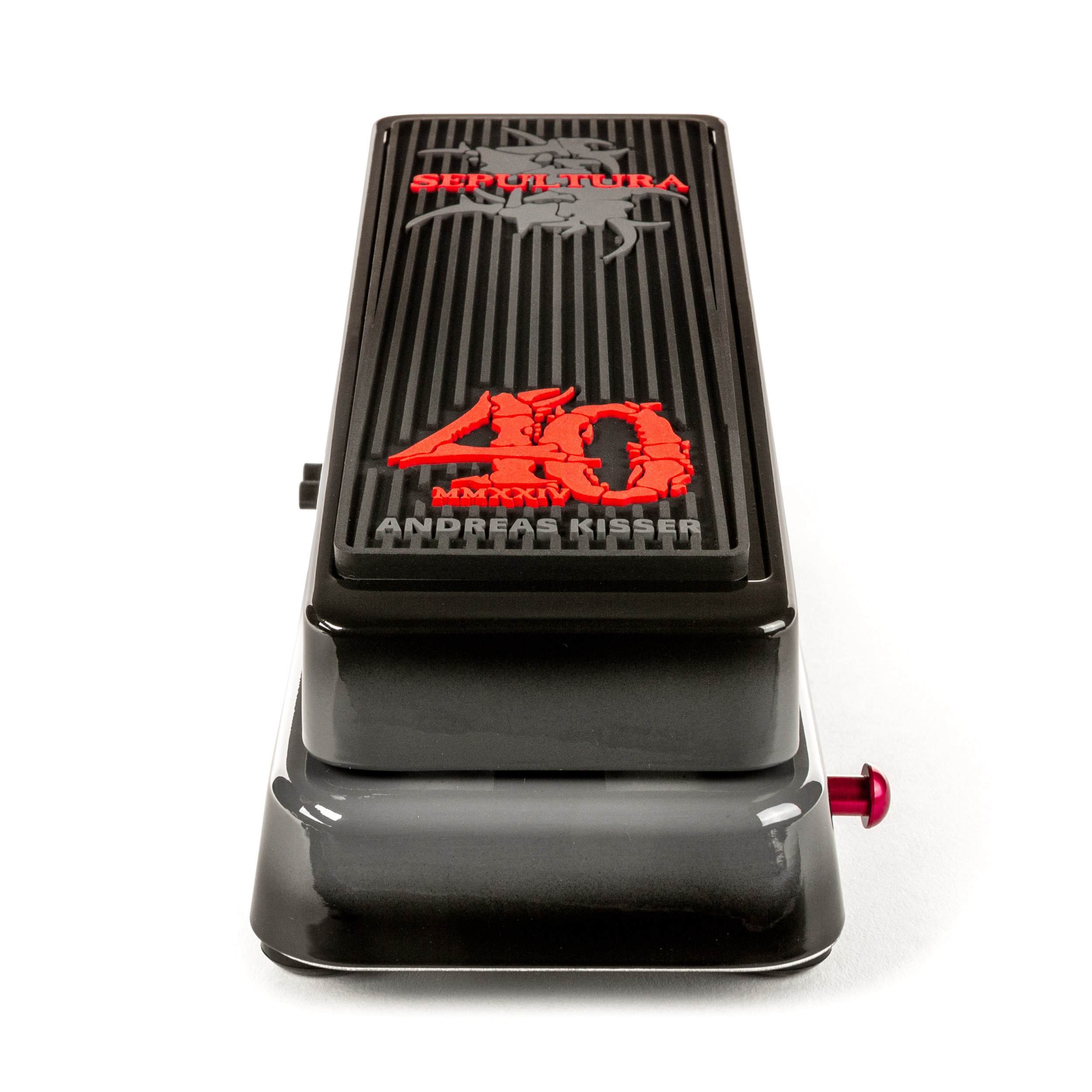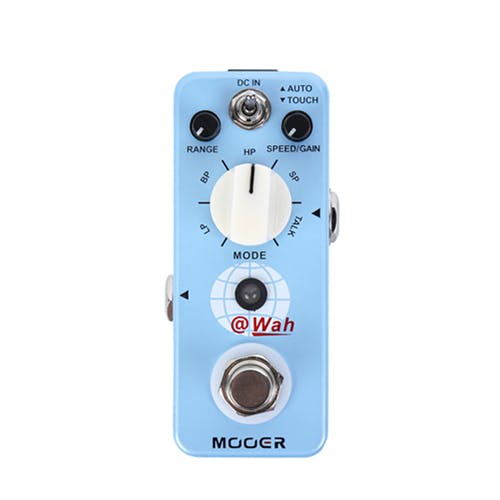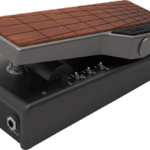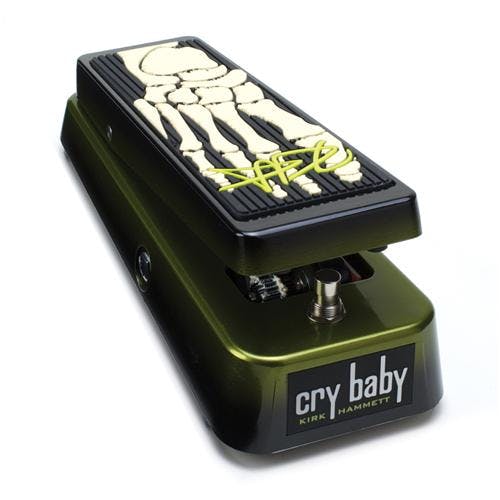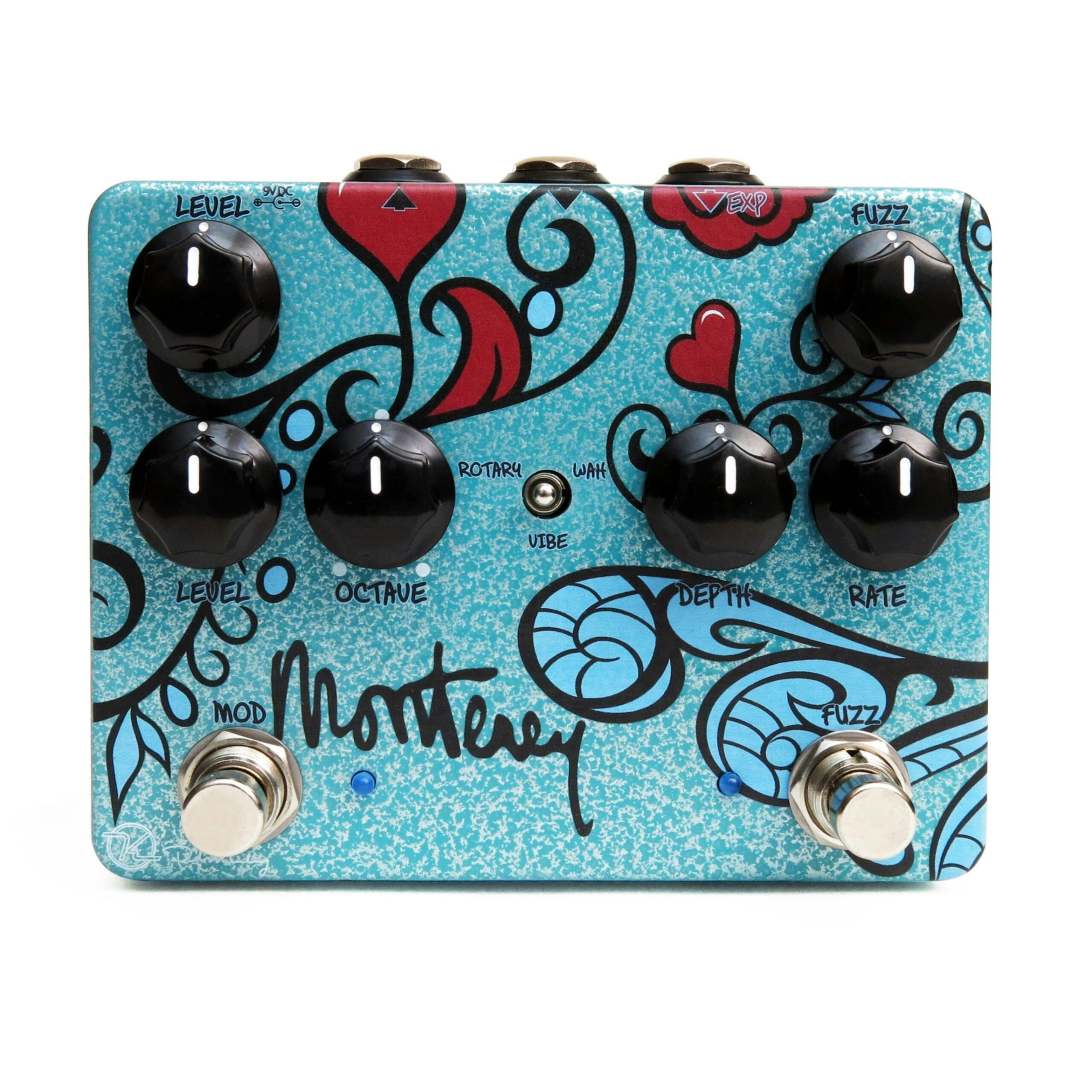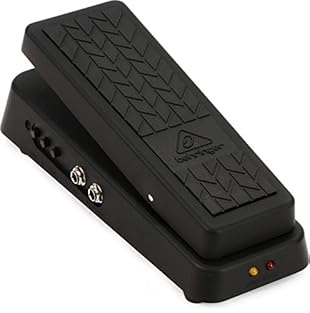Tasty Pedals made by Behringer
Behringer is a prominent manufacturer of audio equipment, including mixers, amplifiers, signal processors, synthesizers, and digital effects units, known for their affordability and wide range of products. Founded in 1989 by Uli Behringer, the company has grown rapidly to become one of the largest manufacturers of audio equipment in the world.
Behringer’s product lineup covers a broad spectrum of audio equipment, catering to musicians, audio engineers, DJs, and live sound professionals. The company offers a variety of mixers, ranging from compact analog mixers for home studios to digital mixers with advanced features for live sound and recording applications.
In addition to mixers, Behringer produces a wide range of amplifiers, including guitar amps, bass amps, and powered PA speakers, as well as signal processors such as equalizers, compressors, and effects units. Behringer synthesizers, like the DeepMind series, have also gained popularity for their affordability and impressive sound quality.
Behringer is known for its commitment to providing high-quality audio equipment at affordable prices, making professional-grade gear accessible to a wide range of musicians and audio enthusiasts. However, the brand has also faced criticism and controversy over issues related to intellectual property rights and product cloning. Despite this, Behringer’s extensive product lineup continues to be popular among musicians and audio professionals seeking reliable and affordable audio solutions.
Just Pedal Ingredients.
Pedal — Your pedal is like a signature dish for your sound — a flavour-packed creation that transforms the bland ingredients of your guitar into something unforgettable. Each one adds its own seasoning, texture, and heat, turning a simple meal into a feast of tone.
These tasty little boxes sit in a row, like plates on a buffet, letting you mix and match flavours as you play. With one tap of your foot, you can swap sweet for spicy, subtle for smoky, and serve up something completely new. From the comfort food of warm overdrive to the fiery kick of fuzz, from smooth jazz sauce to heavy-metal spice, pedals give players a full menu of options to express their taste. And just like with food — once you’ve tried one dish, you’ll want to sample them all.
Collecting, trading, and discovering new flavours soon becomes part of the joy of being a tone-loving gourmet geek with a guitar.. Wah — A wah pedal is one of the most expressive tools a guitarist can use, creating that classic “wah-wah” sound by sweeping through frequencies as you move the foot pedal. It acts like a dynamic tone filter, emphasising different parts of the frequency range to make your guitar almost sing. This makes it great for funk rhythms, blues solos, and psychedelic leads, giving your playing a human, vocal-like character that reacts directly to your movement.
From the vintage tones of Jimi Hendrix and Clapton to modern rock and metal, the wah remains a timeless effect. It can be used subtly to shape tone or dramatically to cut through a mix with rhythmic sweeps. Many modern wahs also offer adjustable Q, range, and boost options, allowing you to fine-tune their response. A good wah pedal becomes a true extension of your playing style, adding expression, energy, and soul to every note..
